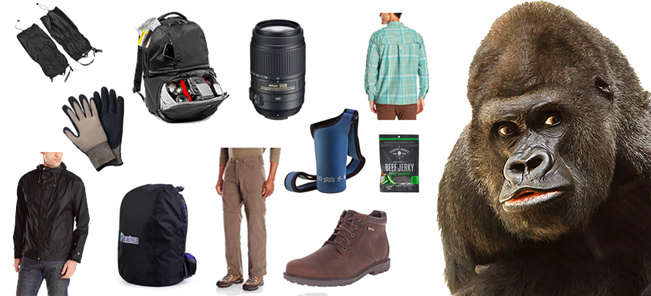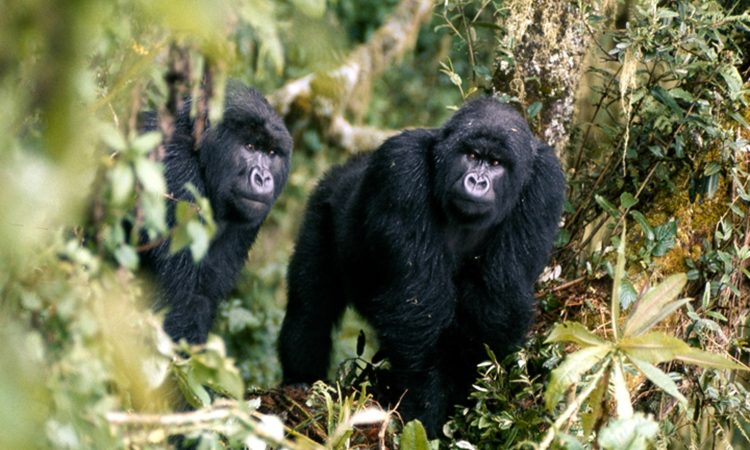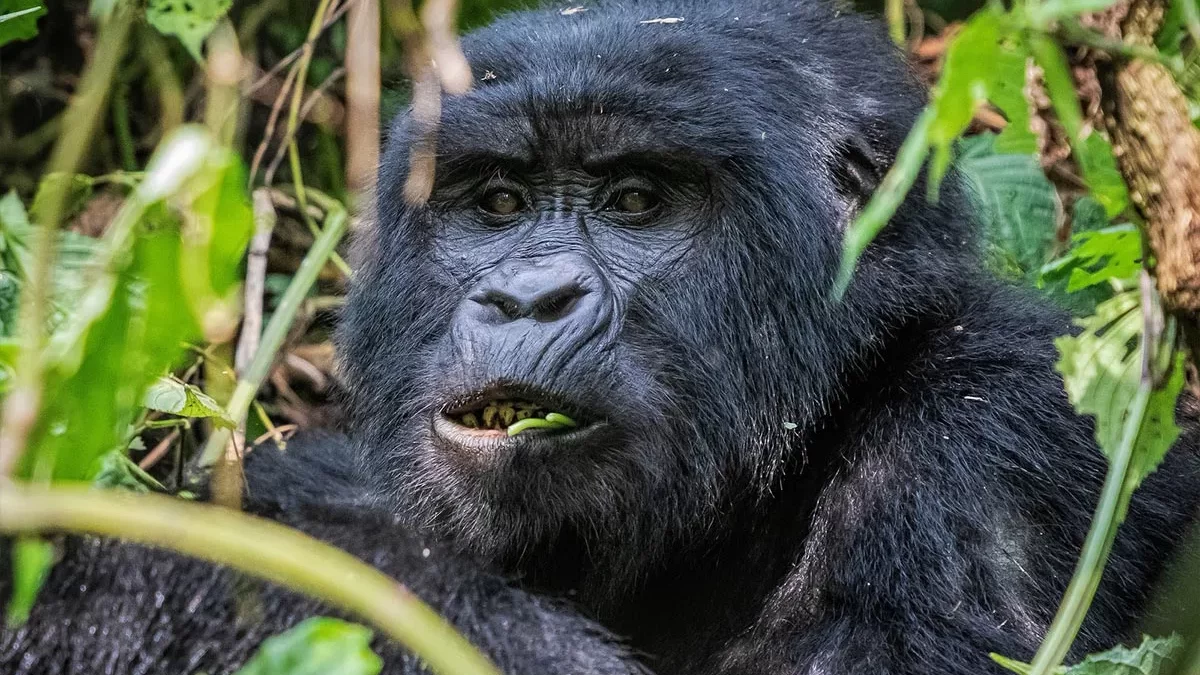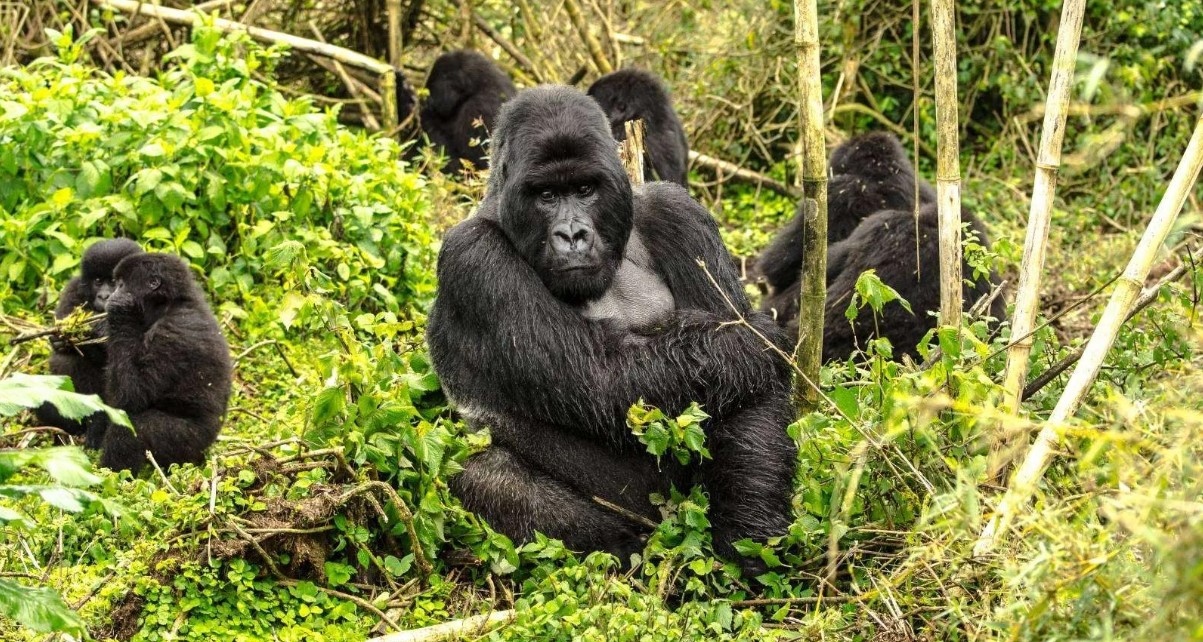
How to Prepare for Gorilla Trekking— Guide
How to Prepare for Gorilla Trekking – A Complete Guide to Your Once-in-a-Lifetime Adventure
Gorilla trekking is one of the most unforgettable wildlife encounters in the world — a journey that takes you deep into the mist-shrouded forests of Uganda, Rwanda, or the Democratic Republic of Congo to meet the mighty mountain gorillas. But beyond the thrill of the moment lies a physically demanding and logistically unique adventure. Proper preparation is key to ensuring that your trek is safe, comfortable, and deeply rewarding.
Here’s everything you need to know about how to prepare for gorilla trekking — from physical readiness and packing essentials to travel planning and mental preparation.
1. Understand the Experience Before You Go
Before setting out, it’s important to know what gorilla trekking really involves. You’ll be hiking through dense, humid rainforest at altitudes ranging between 1,500 to 2,600 meters (4,900–8,500 ft). The trails can be steep, muddy, and uneven, often requiring several hours of walking before locating a gorilla family.
Once you find them, you’ll spend a magical hour observing these majestic creatures up close. The trek demands patience, endurance, and respect for the rules designed to protect both you and the gorillas. Understanding the challenge beforehand helps you mentally prepare for one of the most rewarding wildlife experiences on Earth.
2. Get Physically Ready
Gorilla trekking doesn’t require being an athlete, but a good level of fitness makes the experience much easier and more enjoyable. You may hike for 2 to 6 hours through rugged terrain, sometimes uphill or downhill in slippery conditions.
How to prepare physically:
Do regular walking, jogging, or stair climbing in the weeks before your trip.
Strengthen your legs with squats or light hikes if possible.
Stretch and practice balance — the forest trails can be uneven and muddy.
Altitude is not extreme, but expect occasional shortness of breath and high humidity. Staying hydrated and pacing yourself are essential.
3. Secure Your Gorilla Trekking Permit Early
Permits are limited to a small number per day and must be booked in advance.
Uganda: $800 per person (Bwindi or Mgahinga)
Rwanda: $1,500 per person (Volcanoes National Park)
Congo: About $400 per person (Virunga or Kahuzi-Biega)
Book your permit at least 3–6 months in advance, especially during the high seasons (June–September and December–February). Permits are non-transferable and include your park entry and ranger-guided trek.
4. Choose the Right Trekking Location
Each gorilla park offers a unique experience:
Bwindi Impenetrable National Park (Uganda): The most famous and diverse trekking terrain, home to almost half the world’s mountain gorillas.
Mgahinga Gorilla National Park (Uganda): Smaller, scenic, and less crowded.
Volcanoes National Park (Rwanda): Well-organized, easily accessible, and close to Kigali.
Virunga National Park (Congo): Wild, raw, and adventurous — for experienced travelers.
Choose your destination based on fitness level, travel budget, and preferred environment (dense jungle vs. volcanic slopes).
5. Pack the Right Gear
Proper gear can make or break your gorilla trekking experience. The rainforest is unpredictable — it can rain at any time, and the trails are often slippery.
Essential packing list:
Hiking boots: Sturdy, waterproof, with good ankle support.
Long-sleeved shirts & trousers: Protect against thorns, stinging plants, and insects.
Rain jacket or poncho: Essential in tropical forests.
Gloves: Gardening or trekking gloves to grip vines and branches.
Gaiters: To keep mud and insects out of your boots.
Hat & sunscreen: For protection when hiking in open sections.
Insect repellent: Especially one effective against mosquitoes and forest bugs.
Reusable water bottle: At least 2 liters of water.
Snacks or energy bars: For stamina during long treks.
Walking stick: Usually provided at the starting point but useful for balance.
Face mask: To prevent disease transmission to gorillas.
Camera with waterproof cover: Flash photography is not allowed, so bring a camera that performs well in low light.
Keep your bag light but well-organized. Porters are available at the start of the trek for a small fee — they can carry your backpack and assist you on steep trails.
6. Dress for the Jungle
Comfort and practicality come first. Wear neutral colors like khaki, green, or brown that blend with the environment. Avoid bright colors or camouflage prints (the latter are reserved for military use in many countries). Layers work best — mornings can be cool, but you’ll quickly warm up during the trek.
After trekking, you’ll likely return with muddy boots and clothes, so pack an extra outfit for the afternoon or next day.
7. Mental Preparation – Patience and Respect
Every gorilla trek is unpredictable. You may find your gorilla family within 45 minutes or only after several hours of hiking. Be patient — the journey itself is part of the experience.
When you finally meet the gorillas, follow the rangers’ instructions carefully:
Keep a distance of at least 7 meters (23 feet).
Avoid direct eye contact or sudden movements.
Stay quiet and calm — the gorillas are peaceful if not threatened.
Never eat or drink near them.
If a gorilla approaches, remain still and follow your guide’s directions.
The one hour you spend with them feels fleeting — make the most of it by being present rather than focusing only on photography.
8. Health and Vaccinations
Before traveling, check if you need vaccinations or preventive medication:
Yellow Fever vaccination is mandatory for most gorilla trekking destinations.
Hepatitis A, Typhoid, and Tetanus vaccines are recommended.
Anti-malarial medication is advised.
Travel insurance that covers emergency evacuation and medical care is also essential, as treks take place in remote areas.
9. Respect Conservation Rules
Gorilla trekking is a privilege that exists only because of decades of conservation work. Your cooperation helps protect these endangered primates. Always adhere to park regulations:
Do not litter.
Do not trek if you’re sick — gorillas are highly susceptible to human diseases.
Follow group size limits and trek times strictly.
Support local communities and eco-friendly lodges that reinvest in conservation.
10. After the Trek – Reflect and Give Back
When you return from the forest, you’ll carry more than photos — you’ll carry an emotional connection to nature’s most intelligent and gentle giants. Consider contributing to local conservation programs or community initiatives that ensure the gorillas’ long-term survival.
Many trekkers describe the experience as life-changing — a reminder of the fragile bond between humanity and the natural world.




